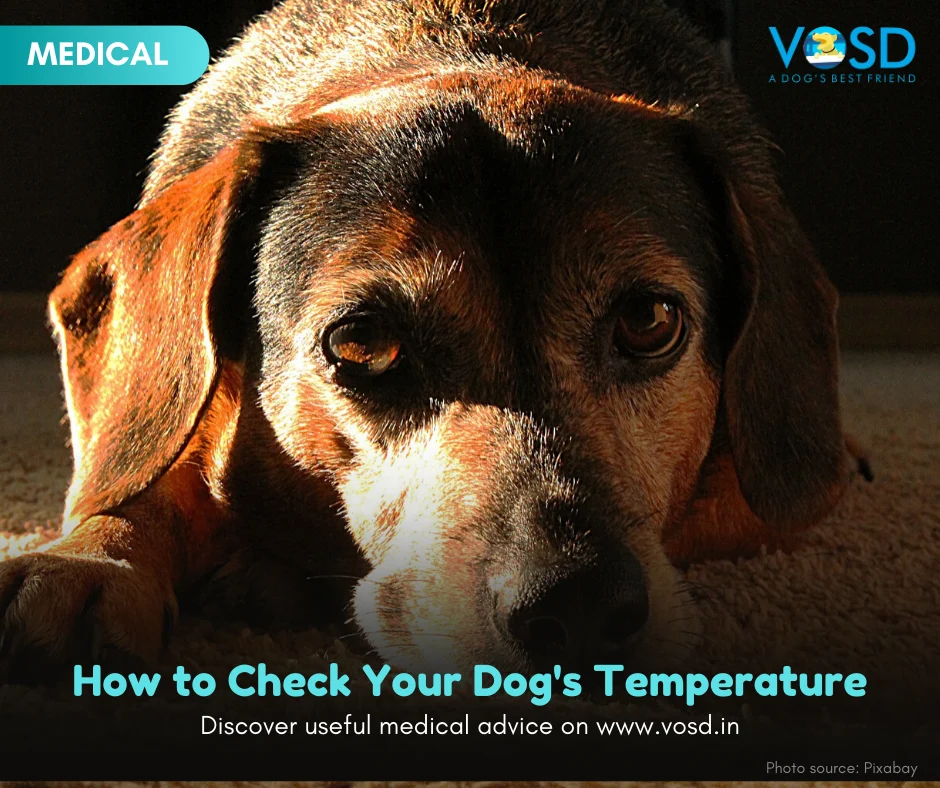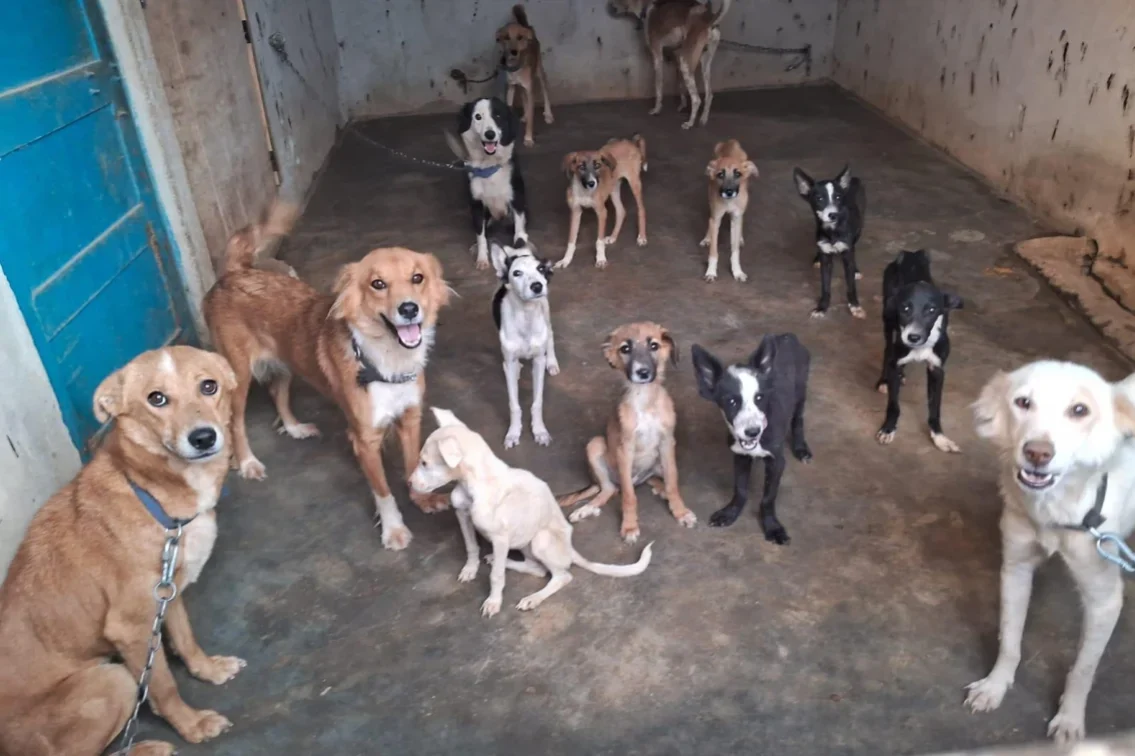Dogs suffer from arthritis too. Read our guide to understanding the disorder, and learn how you can help your dog better in its old age.
Ageing in dogs causes a host of problems that you will have to deal with as a pet parent. It is inevitable that certain problems will come up as your dog grows older. Memory loss, increased frequency of accidents, hair loss, whitening of hair – these things happen to dogs the same way they do to human beings.
Arthritis is the inflammation of joints that usually occurs with age. It causes pain and discomfort to anyone who suffers from it. Fortunately, it is not a death sentence. Your dog can lead a long and healthy life after an arthritis diagnosis, and you can help the transition to be as smooth as possible.
What is arthritis in dogs?
When the cartilage inside joints start to wear out and become thin, it causes friction between the bones, causing them to rub together. Cartilage-thinning commonly occurs in the hip and elbow bones of the dog. When the cartilage becomes too damaged, it causes stiffness and pain. New bones can grow and cause degenerative joint disorder.
Causes of arthritis in dogs
Age is the most common and primary cause of arthritis. Dogs that are younger are also capable of getting early-onset arthritis in case of certain issues like:
- Damaged ligaments causing unstable joints: If the joints become unstable, causing a lot of friction, and ends up making ligaments worse – it becomes a vicious cycle of damage. When ligaments become damaged, joints become more out of balance and unstable.
- Fractures: Of course, any damage to and displacement of bones can cause ligament friction. This can lead to arthritis, which is why it’s so important to make sure your dog gets proper treatment and enough rest for the bones to grow back properly.
- Abnormal development of cartilage: This can happen to dogs from birth. Making sure that your dog gets enough nutrition while it’s growing up will help prevent abnormal development and reduce the chances of arthritis later in life.
Symptoms of arthritis in dogs
How can a dog communicate to its pet parent that it is in pain? Dogs show their pain and their sensitivity through body language. Remember, arthritis causes undue stress to a dog that has no idea why it’s happening. How can you identify the symptoms in such a case?
- Constantly licking its joints – Dogs tend to lick the parts that are causing them pain. You might notice a dark patch on the joint areas – this is from staining from the saliva due to constant licking.
- Lethargy – Ailing dogs become lethargic and slow as they grow older. This could also be a sign of arthritis.
- Stiffness upon waking up from sleep – Do you know the pain you feel when you keep your leg in one position for too long, especially in cold weather? That happens to dogs suffering from arthritis all the time. You will be able to notice a marked stiffness in the way your dog moves, and this is a symptom of arthritis.
- Lack of willingness to exercise – Similarly, you might find your dog resisting its basic exercise routine. If this happens once, it’s not a problem, but if it starts to become a habit, don’t punish your dog. This could be a real symptom of pain and discomfort*.
- Aggression, grumpiness and similar mood swings – Bad health is always accompanied by bad moods. Any signs of your dog not being the friendly, happy doggo you know can be a cause for concern and sometimes, alarm. Learn to recognize your dog’s moods and observe it keenly, it will always help you later. Read our article on aggression in dogs, here.
Diagnosis of arthritis
The symptoms listed above are usually enough to tell whether a dog has arthritis, but your dog’s veterinarian will be able to properly confirm it only after conducting an X-ray and checking the joints. Your dog’s vet will touch the joint areas of the dog and see how it reacts to pressure. The veterinarian might also conduct blood tests to eliminate the possibility of other health problems that arise. It’s better to diagnose arthritis early so you can prepare a step by step plan to help your dog.
Treatment of arthritis in dogs
Firstly, understand that you will have to do constant check-ins with your dog’s vet after a diagnosis of arthritis. Your dog will have to follow a strict regimen that might include a weight-loss plan, medication, and therapy to ease pain and increase comfort.
- Cartilage protectors – Your dog’s veterinarian might inject pentosan polysulphate to help encourage the repair of cartilage in the joints. This will also help with reducing inflammation. Hyaluronic acid is also used to lubricate and keep joints moist.
- Anti-inflammatories – Arthritis is usually accompanied by inflammation. Your dog’s vet might suggest medication to bring down inflammation. This helps to ease pain and provide relief. Keep observing your dog’s blood levels and try and make sure there’s no over-prescription of these. Anti-inflammatories might affect the liver and kidneys.
- Surgery – Surgery might be required sometimes. In case of bad arthritis, the veterinarian might recommend a hip replacement surgery, for example.
- Joint supplements – These are often provided to dogs as part of their recovery treatment plan.
What can you do at home to make life easier for your arthritic dog?
Unfortunately, arthritis is a lifelong disease. It cannot be cured. But your dog is particularly lucky to be able to get the love and care it needs with you! There are just so many things you can do to make its life easier.
- Keep observing your arthritic dog – And coordinate with your dog’s veterinarian. Medication has other side effects so don’t just look for symptoms of arthritis. The goal is for your dog’s overall health to be optimal.
- Keep the house warm – Especially in winter months, if you live in places with more extreme temperatures, find a way to keep the house warm. Colder temperatures can exacerbate arthritic episodes.
- Maintain a strict and healthy diet – Your dog will become more comfortable and feel less pain if you have a healthy diet that allows the dog to keep its weight down.
- Show extra love – Dogs respond to positive emotions, love, and tenderness. Be kind to your dog, and understand that illnesses, while sad, can be managed. Help your dog live a happy life in spite of its disease.
The information contained in VOSD Vet Advice™ is not intended nor implied to be a substitute for professional medical action which is provided by your vet. You assume full responsibility for how you choose to use this information. For any emergency situation related to a dog’s health, please visit the nearest veterinary clinic.





